Today, September 6, 2013 marks the 87th Anniversary of the opening of the Arcada Theatre in St. Charles. The following article was written last year by Natalie Cincotta, an intern at the St. Charles Heritage Center during the summer of 2012. One of the projects she worked on was compiling a history of the Arcada Theatre. In addition to writing the following article, Natalie put together an exhibit which was on display last year and she also produced a short video which is included at the end of this post.
The Arcada Theatre opened 87 years ago today on September 6, 1926.
It’s September 6th, 1926, and hundreds of people from Northern Illinois flock to the Arcada Theatre in St Charles for its long awaited debut. Inside the Theatre, visitors are immersed in an atmosphere of the luxurious and the exotic while they await an evening of film and vaudeville performances. 86 year later, the Arcada Theatre still has that 1920s charm, and remains a stunning piece of St Charles history.
The site of the old Burchell Hotel, on 1st avenue and Main Street, remained a vacant lot until it was purchased by wealthy philanthropists in the mid-1920s. These philanthropists were Lester and Dellora Norris, St. Charles natives who initiated several local building projects. With Chicagoan architect Elmer F. Behrns, Lester began designing a “homelike theatre” that would “[serve] the entertainment needs of St. Charles and vicinity.” In addition to the theatre itself, the building would also house businesses and the Red Parrot Tea Room on the second floor, a place to socialize after shows.
After investing $500,000 and three years of construction, the Arcada Theatre opened to a sold out crowd on September 6th, 1926. Arcada is the Spanish word for Arcade, an appropriate name for a theatre ornately designed in the Spanish colonial style. The building’s tan colored façade, complete with terracotta roof tiles and balconies, give visitors an initial taste of what is inside. The crowd was welcomed by stone benches, lanterns, palm trees, and even a waterfall in a grotto concealed by iron wrought gates imported from Venice, Italy. The stage was set like a Spanish street, complimented by ornate iron balconies on the walls and an open roof leading to a painted blue sky. Although the grotto was removed, the Spanish colonial style has been maintained in the historic building.
On opening night, guests were entertained by vaudeville acts, including the famous radio stars Fibber McGee & Molly. Vaudeville was a popular form of entertainment at the time, involving various acts of different styles, from comedy to dance. A silent film, The Last Frontier, was also shown and accompanied by organist Walter Stone. The Marr & Colton organ he played was one of the best of its time, bought by Lester Norris from Warsaw, New York, for over $25,000. It was replaced in 1928 by an organ built by the Geneva Organ Company, which was able to rise from the stage. The second organ was restored in 1968 and remains in the theatre today.
The Arcada Theater
The Arcada went through numerous changes and challenges as entertainment changed throughout the 20th century. Vaudeville dwindled with the growing popularity of Hollywood and films with sound in the 1920s and 1930s. The age of television also impacted the popularity of live shows – so much so that the theatre almost completely shut down in the 2000s.
The Arcada Theatre was sure to close, until the tables turned in 2005. Finding the perfect “formula of geography, history, and community support” in Arcada, Ron Onesti (president, Onesti Entertainment) became the new owner. The theatre was rejuvenated with technological upgrades, restoration, and nationally and internationally known entertainers. Mickey Rooney, Jerry Lewis, and Eddie Money are among famed performers who have graced the Arcada stage. Despite facing some obstacles, Onesti has dedicated himself to maintaining the same “homestyle feel” Lester Norris aimed to create in 1926. 86 years later, the Arcada still has the same elegance and charm it did on opening night in 1926.






